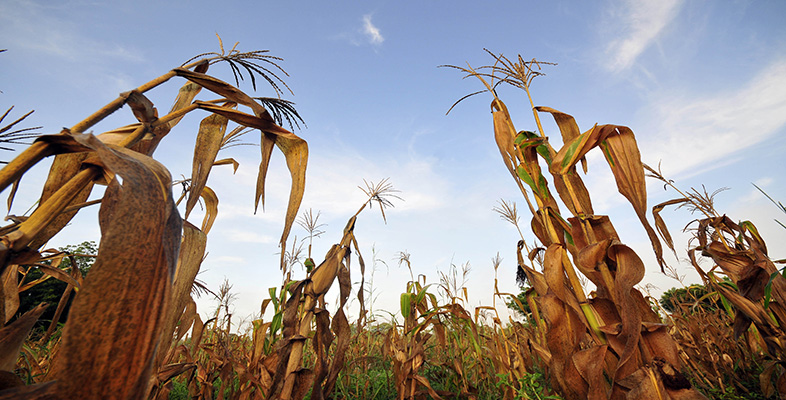5.4 Discussion
We seem to have travelled a long way from the Industrial Revolution in Europe, but many of the impacts on New Zealand's ecosystems described here can be traced, in part at least, to reverberations from these developments.
What lessons can be drawn from this example? Perhaps I should start by emphasising this is not meant to be a complete account of the environmental history of New Zealand. For example, I have not discussed any responses from the population once they realised that harm was being done. In New Zealand concern for the environment started early and is part of New Zealanders' cultural heritage. The example I have chosen is necessarily selective and simplified to allow me to make a few points.
First, as you have probably recognised, what happened in New Zealand in the nineteenth century is being experienced today in countries whose tropical and temperate rain forests are under threat. Of course similar events occurred in most countries at one time or another under the pressures of population, the demand for goods, and the use of more powerful technologies in agriculture and industry. This case study was chosen because the environmental changes we have seen, while mirroring what happened in Europe and elsewhere, were telescoped into a short period. And they occurred recently enough to be well documented.
Secondly I believe it illustrates the complexity of the chains of interlinked events. We have seen that ecological pressure on an individual species in a once isolated country could not be attributed to a single cause – the development of refrigeration. When we are dealing with the interaction between human society and ecosystems, a simple cause and effect link is most unlikely to tell the whole story. This inherent complexity creates particular difficulties for those trying to manage or mitigate these pressures. If all the major causes are not identified and countered, the effort may be wasted, and there is always the risk that any measures taken may create further significant problems of their own. There have been many cases, for example, of exotic species being introduced to combat a known pest, where the newcomer proves to be a worse nuisance than the problem it was meant to solve. One such case is the South American cane toad. It was introduced in the 1930s to the sugar cane fields of Queensland in Australia, as an early attempt at biological control, in this case of the sugar cane beetle. It wasn't a success in controlling the beetle, but nevertheless thrived in its new surroundings and has steadily expanded its range through northern Australia. Because it produces extremely poisonous toxins at all stages of its life, any native predator that attacks it usually dies, as do domestic pets, and it is not particularly popular with the human population either.
This illustrates the other side of that argument, namely that the introduction of an apparently simple change into economic or ecological systems is likely to have a multiplicity of different effects. No doubt many of these can be anticipated or modelled, but rarely all of them.
My final and related point is that technological changes can have a much wider impact on the economic and social organisation of societies than their direct effects (that is, the impacts of the material transformations and services they provide) would suggest. Here we have seen an example of this: developments in two technologies which are often linked together – transport and food processing – interacted with the social changes associated with nineteenth-century settlement to influence the economic direction of New Zealand (and not just New Zealand of course), and through it the environment. Similar influences (for example, the globalisation of trade and markets by transnational companies) are still at work around the world.
SAQ 2
Take a few minutes to scan through the discussion in Section 4.2, where I have attempted to draw together the lessons from the last case study. Then make notes of what you think are the main points that have been made.
Answer
When I did this myself, I identified four related points, although I had originally intended to make only three. They are:
The New Zealand example (of environmental impacts) occurred in a short space of time and is well documented – and can be used for a comparison with what is occurring today.
The interactions between human societies and ecosystems are complex and many factors are usually involved. A single cause and effect link is unlikely to be the complete explanation.
A related point is that an apparently simple change to an environment system may have many different effects. This creates difficulty for environmental management. Unless all the key effects are anticipated, unexpected and often unwelcome complications may occur.
Similarly, the introduction of a new technology may have far reaching indirect effects through its influence on society, as well as direct effects.
